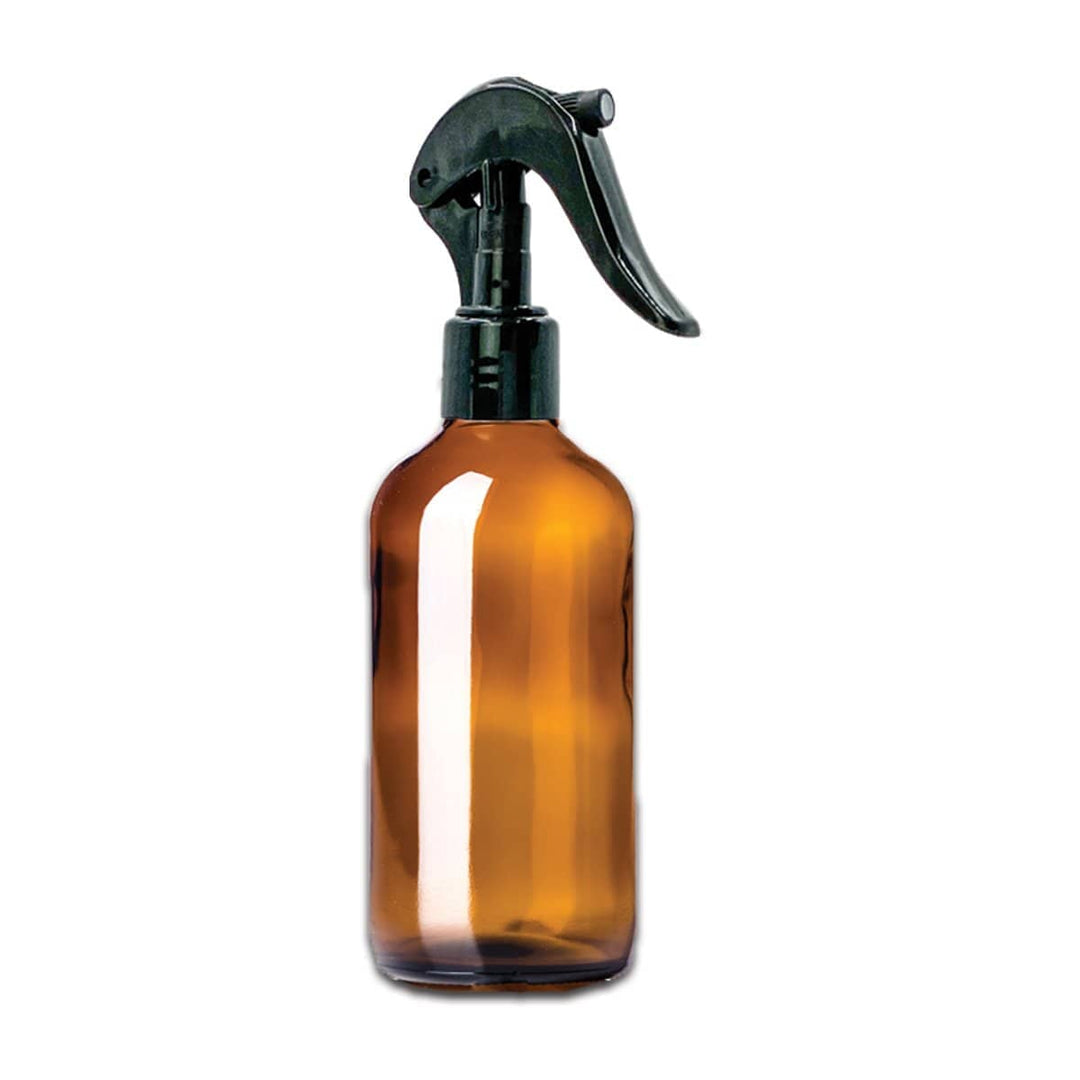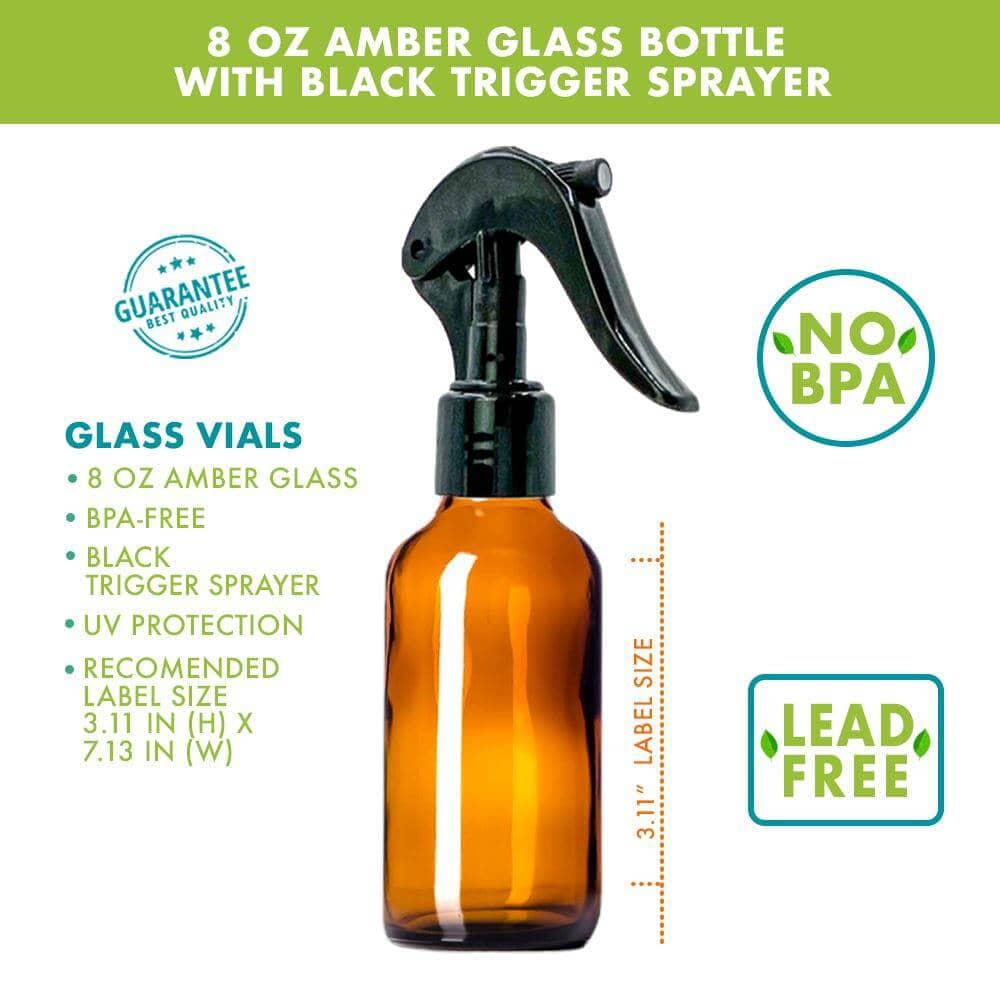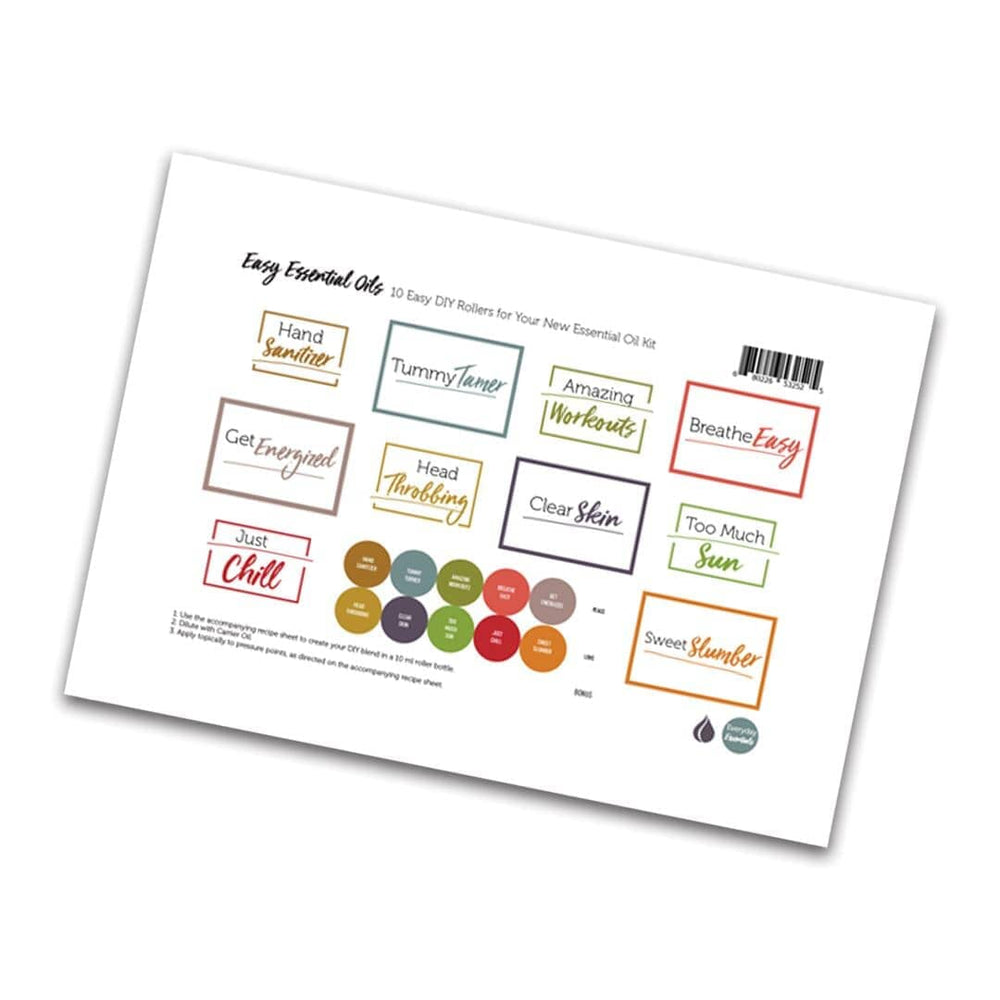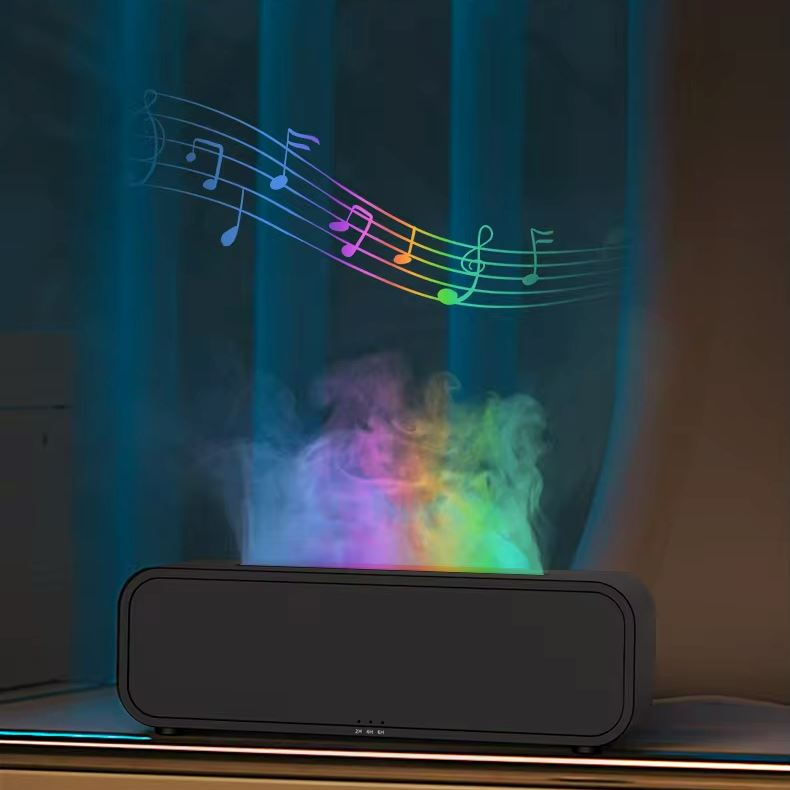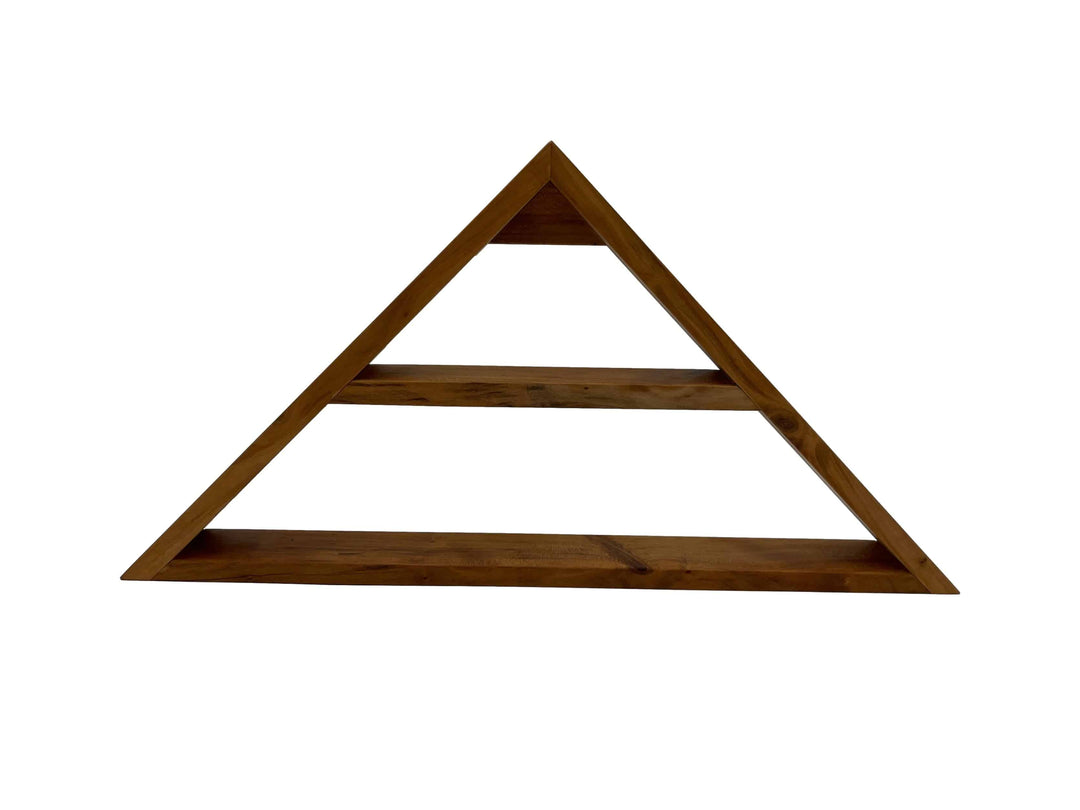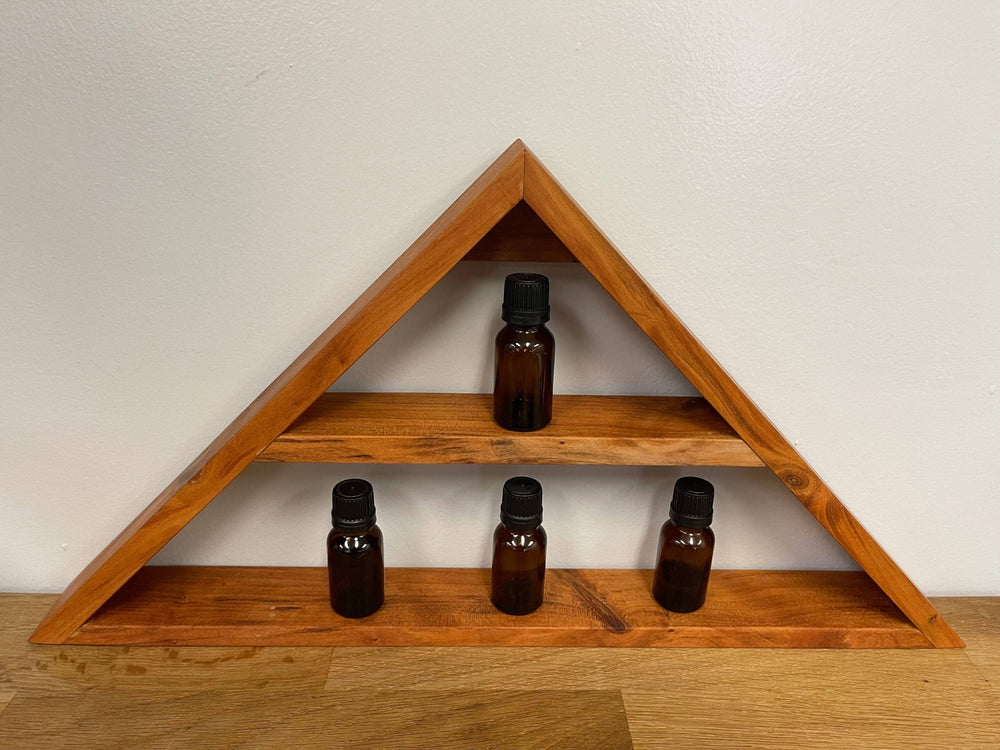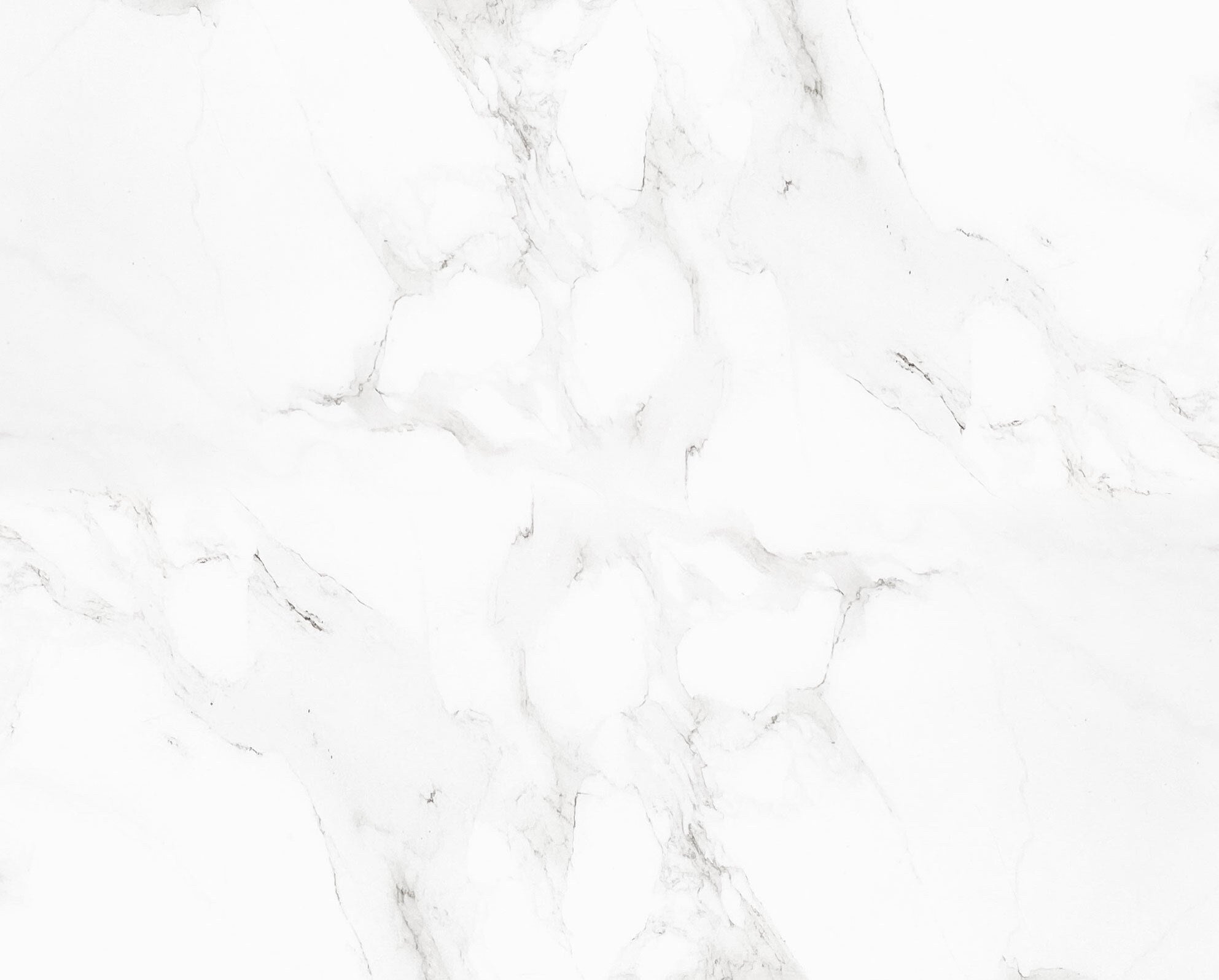Beginners
SAFETY & DILUTION
Follow these tips to ensure your topical and internal application of essential oils meet your expectations. Always follow usage instructions and only use internally if recommended by your brand of choice or distiller. The following 5 tips will help you better use your essential oils:
-
Dilution is the solution: Not all essential oils need to be diluted. Some can be used “NEAT” (or directly on the skin without dilution). However, if you are just starting out, consider the use of carrier oils to dilute the essential oils. It’s easy to pre-dilute oil with extra roller bottles and a carrier oil.
-
Phototoxicity: Essential oils can cause sensitivity to skin in combination with UV ray exposure. Lesson #1: Don’t sit in a tanning bed after using essential oils. Lesson #2: Don’t apply oils before major sun exposure, especially citrus oils and blends containing citrus oils.
-
Careful of sensitive spots: Avoid contact with eyes, ear canals, nasal cavities, and sensitive areas. Application on broken skin may cause additional irritation if not diluted.
-
Essential aromatherapy with a diffuser: Some stronger essential oils should not be used around your furry friends and babies.
-
Internal use: Only use essential oils internally if recommended by the distiller. Not all essential oils are safe for internal consumption due to differing quality standards. Consult the label of your essential oils regarding internal use.

WHAT ARE ESSENTIAL OILS?
Scientifically speaking, essential oils are concentrated hydrophobic liquids containing volatile aroma compounds from plants. In plain english, essential oils are extremely condensed plant extracts, collected in such a way that allows the oil to retain the plant’s aroma, flavor, and health benefits. The oils can then be used in a number of different ways to allow the user to safely enjoy those retained aromas, flavors, and health benefits.
Essential oils are used by the plants that make them. Naturally occurring essential oils aid plants in controlling infection, humidity, hormonal function, wound healing and attracting or repelling insects, birds and animals. Some have described them as a critical part of the plant’s own immune system.
Essential oils can be used in three different ways: aromatically, topically, and internally.
Aromatically
A popular way to enjoy essential oils is aromatically in an essential oil diffuser.
Other popular aromatic uses include applying an oil to diffuser jewelry, spraying a mixture of oils and water into the air, or placing the oils onto a felt pad and letting them evaporate slowly. Do not heat your essential oils over a light or candle as heat can damage the beneficial properties of the oils.
Topically
Essential oils can be used directly on the skin or may need to be diluted with a carrier oil, like coconut oil. Rollerball or spray bottles are popular ways to enjoy essential oils topically. This generally makes for less waste of your oils and assists in easily spreading them across the skin. Essential oils can also be added into your existing lotions and creams. Be careful of contact with your eyes and dilute any hot or sensitive oils as necessary.
Internally
Many essential oils can be taken internally provided they have a label indicating they are safe for internal use and have a dietary supplement fact box on the label. Oils that have a child safety lid should not be taken internally. To take essential oils internally, fill a veggie capsule with oil and swallow, or place the essential oil under your tongue and swallow with a sip of water, or place a drop or two of essential oils into a cool beverage. If you add essential oils to water, be sure you are drinking from a stainless steel or glass container whenever possible. Oregano is a good example of an oil that should be limited to less than 10 days of internal use.
For more information on using essential oils, visit https://www.youroiltools.com/pages/beginners-guide


